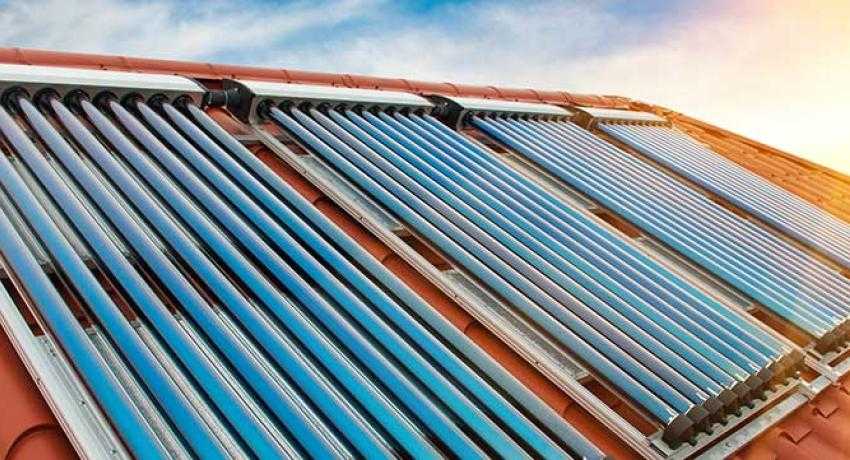Understanding Solar Hot Water
You could likely use the sun to provide most or all of your home’s hot water needs cost-effectively. In fact, nearly 50 percent of homes in the United States could take advantage of a solar hot-water system. In its essence, solar hot-water heating is achieved by heating a series of tubes filled either with water or another liquid that is transferred to a storage tank for use. According to DOE’s EnergySavers site, “On average, if you install a solar water heater, your water heating bills should drop 50–80 percent.”
The first solar hot-water heaters for homes in the United States started appearing on rooftops in the 1970s when federal and state incentives existed. But shortly after the incentives dried up, the panels stopped appearing.
Panels in the 1970s were called bread boxes. They were thick boxes covered with glass or Plexiglass with wide tubes inside. The tubes were used both to store water and heat it. To reduce heat loss, the box was insulated on all sides. However, the breadboxes had limited surface capacity to absorb solar heat, reducing their efficiency.
There are two main types of modern solar hot water heating systems. Both heat liquid within the tubes and transfer it to a thermal storage tank in the home. Flat-panel hot water heaters are best at capturing direct sunlight, but evacuated-tube water heaters are better at collecting heat during cool or cloudy days.
Flat-panel collectors are based on the breadboxes of the 70s but are much thinner, more efficient, and lightweight. These collectors are filled with tubes about one centimeter in diameter, allowing for increased surface for the sun to hit the tubes, making them much more efficient.
The other form uses evacuated-glass tubes, with smaller glass tubes inside painted with a thermal coating. The vacuum between the tubes allows solar radiation in to heat the water but minimizes the loss of heat. Liquid-filled tubes inside the glass tubes are often attached to black metal fins. The fins are usually tinted black to absorb as much sunlight as possible.
Both these new technologies qualify for federal incentives as well as state incentives. Clean Energy Authority has information available about what incentives are available in your state. And a qualified installer can help you determine which are better for your home.




